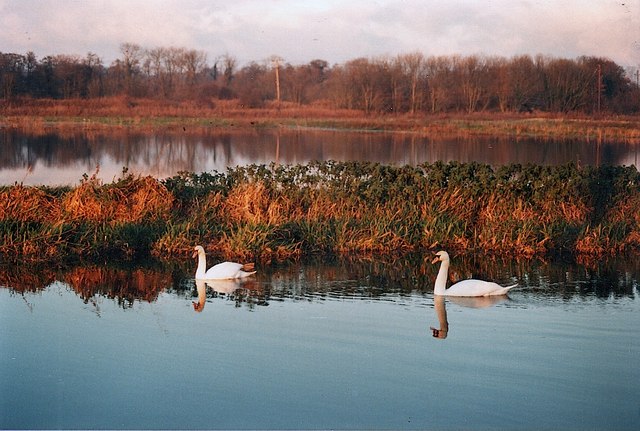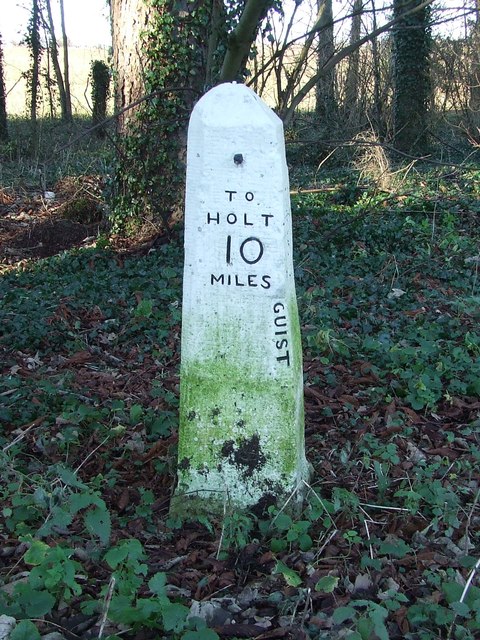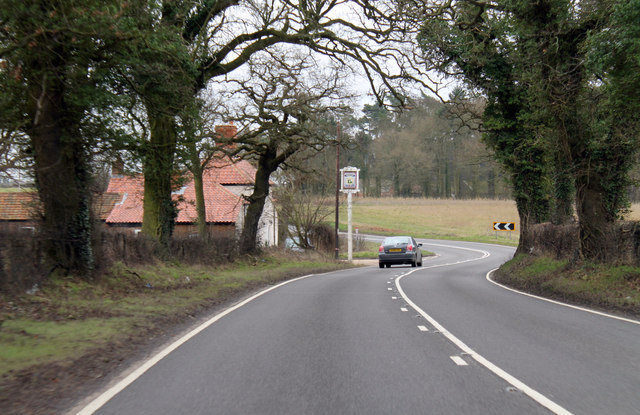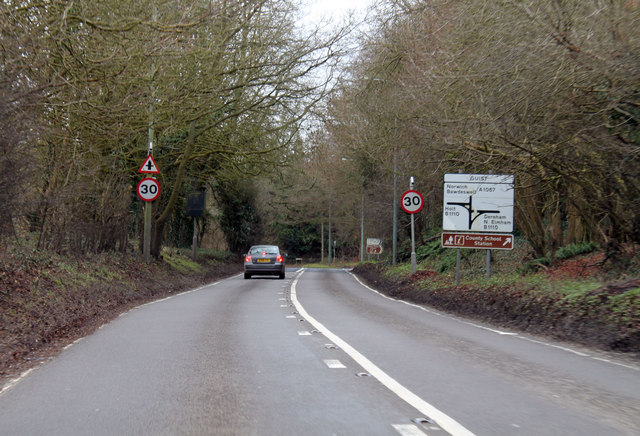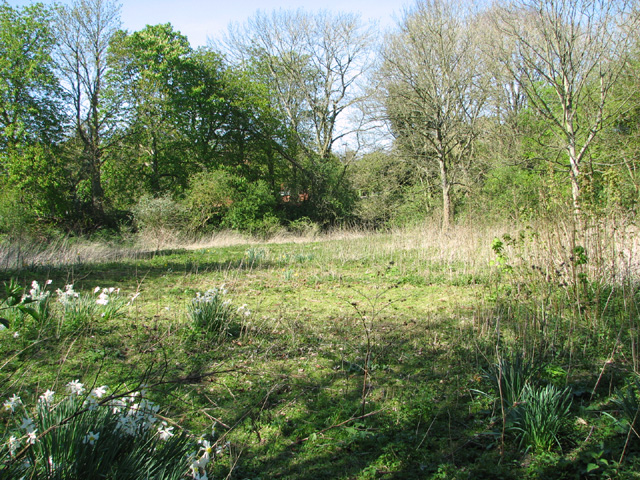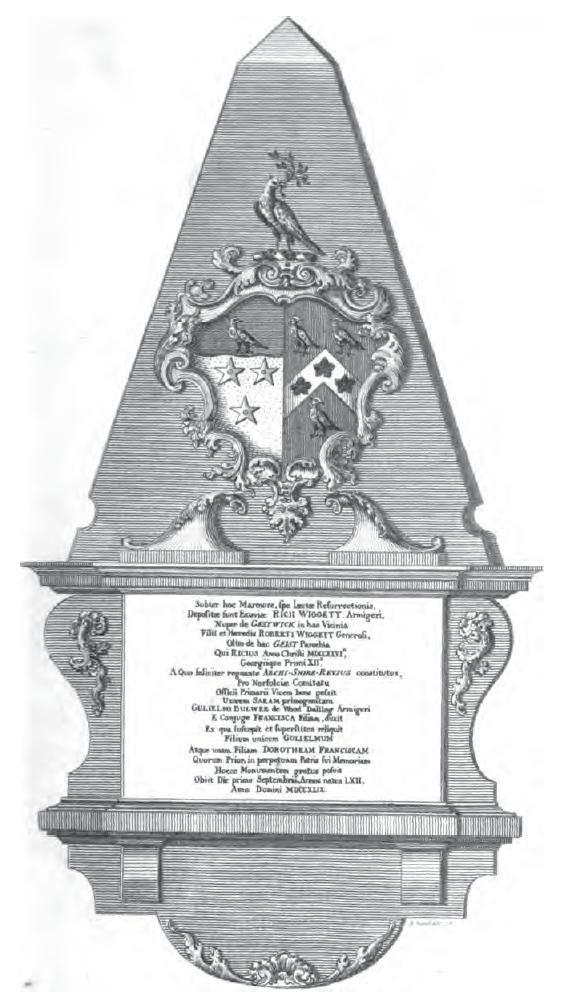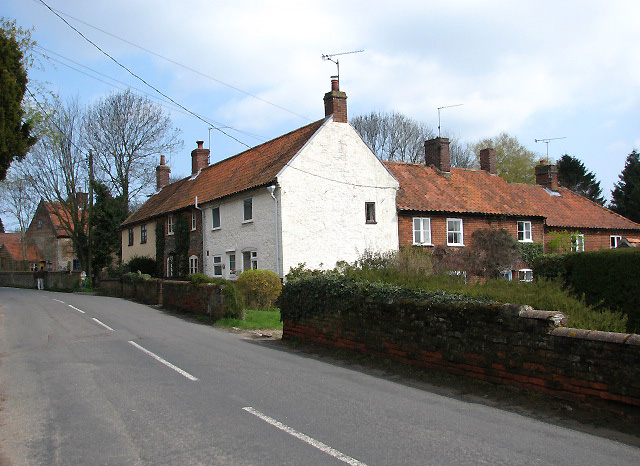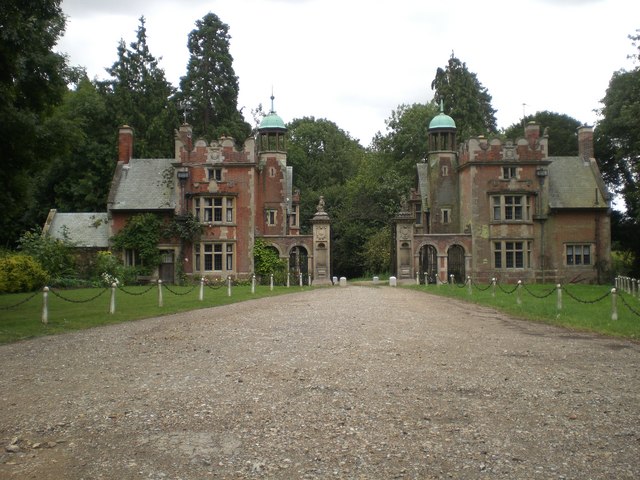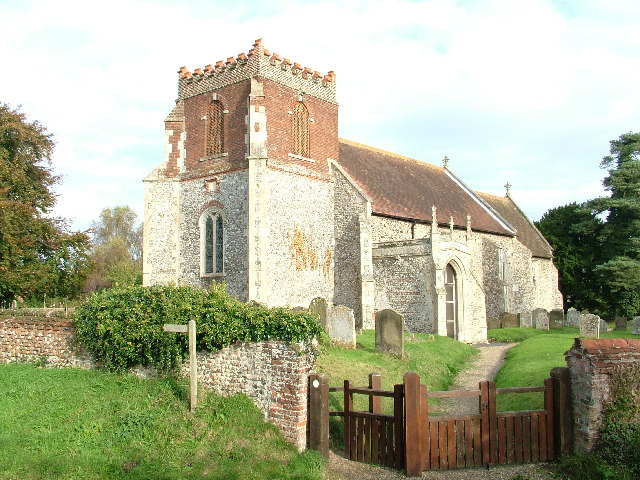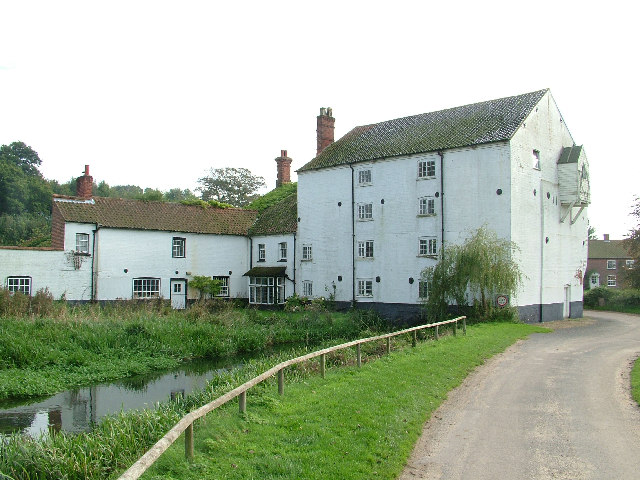Guist
Settlement in Norfolk Breckland
England
Guist
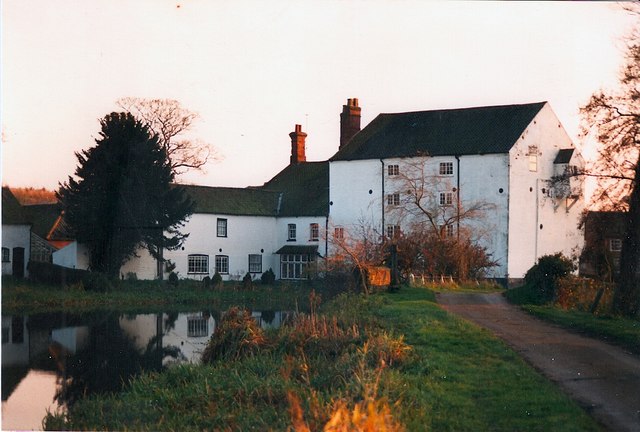
Guist is a small village located in the county of Norfolk, England. Situated in the East of England region, it lies approximately 17 miles north-west of the city of Norwich. The village is nestled in the picturesque Wensum Valley, offering a charming rural setting with a population of around 300 residents.
Guist is known for its idyllic countryside, which attracts visitors seeking tranquility and natural beauty. The village is surrounded by rolling hills, farmland, and meandering rivers, providing ample opportunities for outdoor activities such as walking, cycling, and fishing. The nearby Guist Lakes are particularly popular among anglers.
The village itself boasts a delightful mix of traditional and modern architecture, with historic cottages and farmhouses blending seamlessly with more contemporary buildings. The local parish church, St. Andrew's, is a notable feature of Guist. Dating back to the 14th century, it adds to the village's historical charm.
While Guist may be small in size, it is not lacking in community spirit. The village hosts various events throughout the year, including fairs, festivals, and local gatherings that bring residents together. Additionally, there are a few amenities available to locals and visitors, including a village hall, a school, and a pub.
Overall, Guist offers a peaceful retreat from the hustle and bustle of city life, providing a serene environment and a strong sense of community for its residents and visitors alike.
If you have any feedback on the listing, please let us know in the comments section below.
Guist Images
Images are sourced within 2km of 52.791187/0.961743 or Grid Reference TF9925. Thanks to Geograph Open Source API. All images are credited.
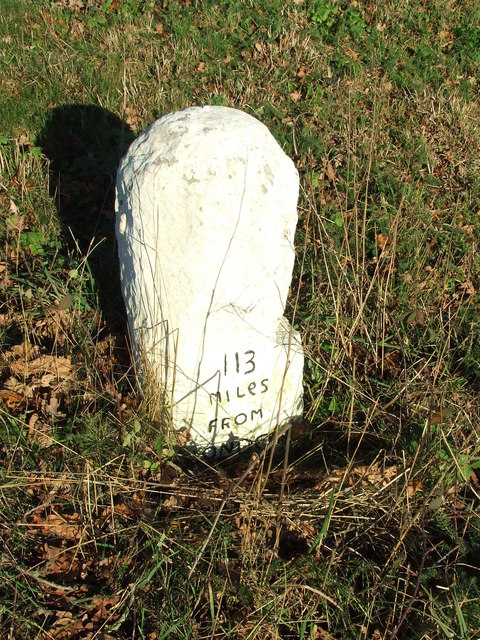
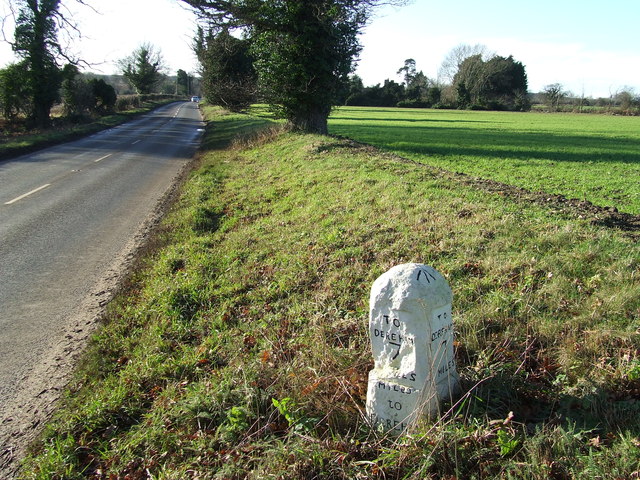
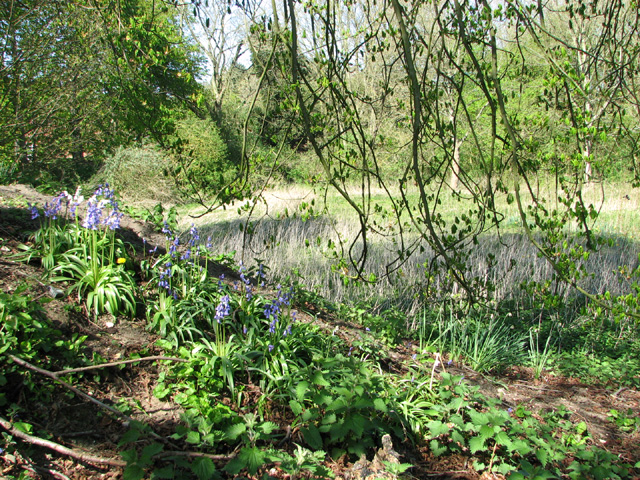
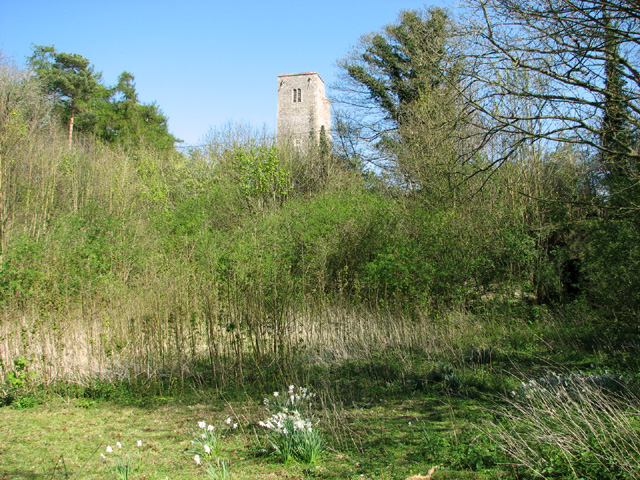
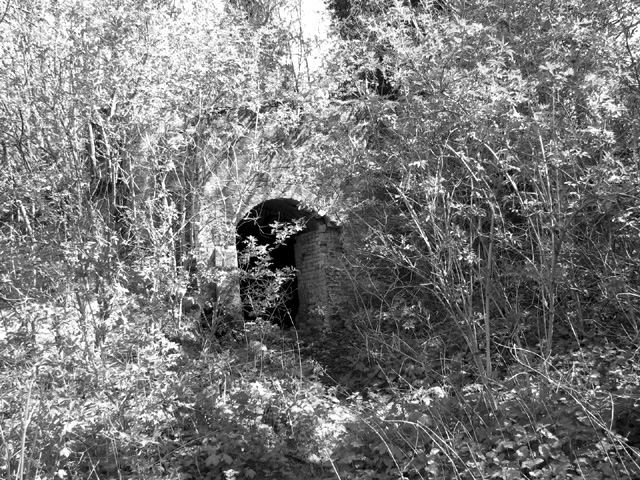
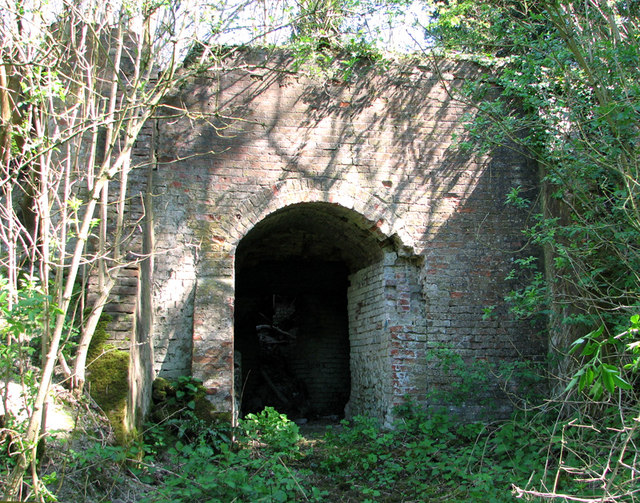
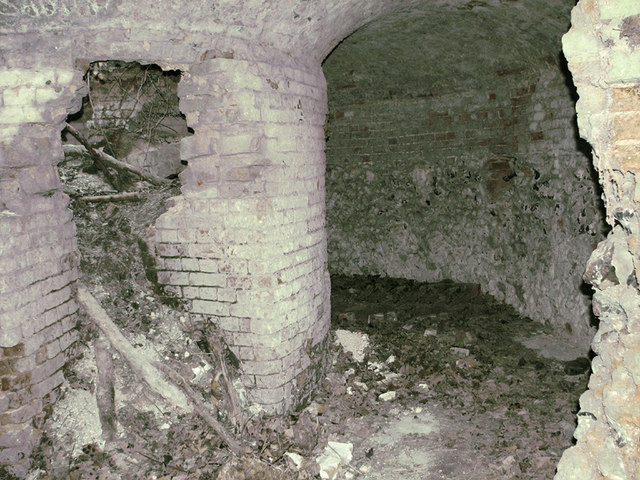




Guist is located at Grid Ref: TF9925 (Lat: 52.791187, Lng: 0.961743)
Administrative County: Norfolk
District: Breckland
Police Authority: Norfolk
What 3 Words
///tone.warms.reputable. Near Foulsham, Norfolk
Nearby Locations
Related Wikis
Guist
Guist () is a village and civil parish in the English county of Norfolk. It covers an area of 6.80 km2 (2.63 sq mi) and had a population of 242 in 102...
B1110 road
The B1110 runs for about 19 miles (31 km) between Holt and Dereham, and is entirely within the county of Norfolk. The road is a link between the A148 and...
Bintry Watermill
Bintry Watermill is located on the River Wensum, about a mile (2 km) west of the village of Bintree in the English county of Norfolk. The watermill is...
Sennowe Hall
Sennowe Hall (also known as Sennowe Park) is a large country house and estate located near the village of Guist in Norfolk, England. The clock tower, the...
Twyford, Norfolk
Twyford is a hamlet and civil parish in the English county of Norfolk. It is situated on the A1067 road, some 12 km (7.5 mi) south-east of the town of...
Bexfield
Bexfield is a village near Foulsham in Norfolk, England.
Wood Norton, Norfolk
Wood Norton is a village and civil parish in the English county of Norfolk. It is located 10 km (6.2 mi) east of Fakenham and 30 km (19 mi) north-west...
Bintree
Bintree is a village and civil parish in Norfolk, England, about nine miles (14 km) south-east of Fakenham. According to the 2001 census it had a population...
Nearby Amenities
Located within 500m of 52.791187,0.961743Have you been to Guist?
Leave your review of Guist below (or comments, questions and feedback).
